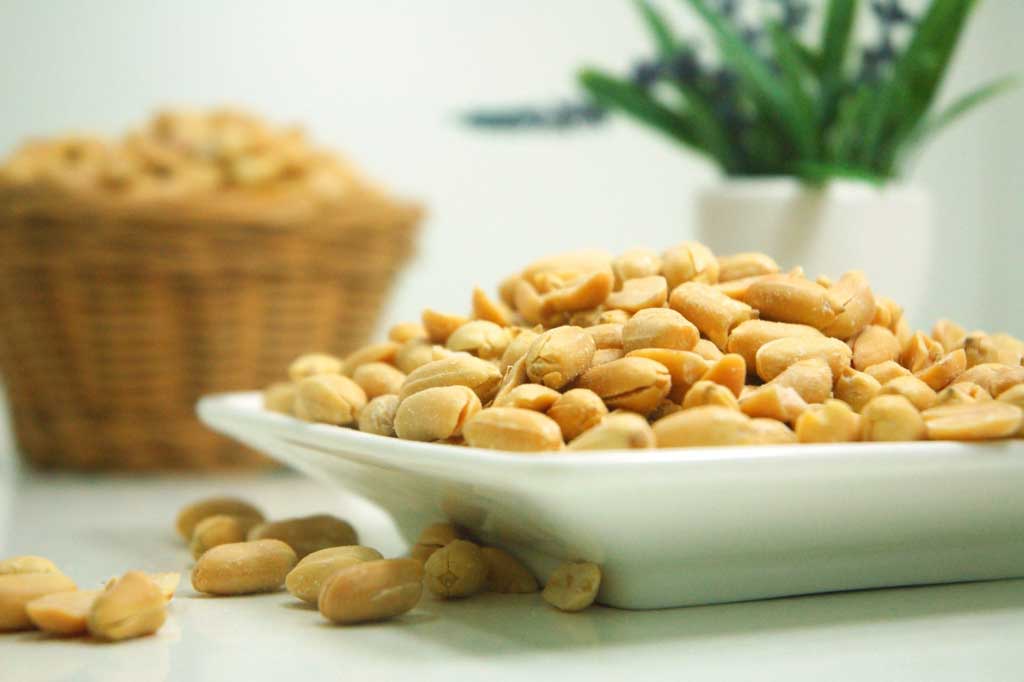Promising initial results raise hopes for chlamydia vaccine
Medication

"A vaccine to protect against chlamydia has moved closer to becoming reality after a pioneering clinical trial found the treatment to be safe," The Guardian reports.
"A vaccine to protect against chlamydia has moved closer to becoming reality after a pioneering clinical trial found the treatment to be safe," The Guardian reports.
Chlamydia is the most common bacterial sexually transmitted infection (STI).
The infection can be easily treated with antibiotics, but there are often few symptoms so people do not realise they have it.
If left untreated, there's a risk of it causing pelvic inflammatory disease in women, a serious infection and inflammation of the reproductive organs.
Chlamydia can also lead to infertility in both women and men.
This early-stage trial – the first in humans – assigned 35 women to receive a new chlamydia vaccine (CTH522) or a dummy treatment (placebo).
Five doses of the vaccine (as well as the placebo) were given over the course of 5 months.
The first 3 doses were given by injection and the next 2 doses were given through a nasal spray.
The main purpose of this small trial was to see that the vaccine is safe. There were only mild skin reactions at the injection site, and this was common in both vaccine and placebo groups.
All 15 women given the vaccine started to produce infection-fighting antibodies against CTH522.
This suggests if they were exposed to chlamydia bacteria, they should produce antibodies to attack and destroy the bacteria.
These are promising findings, but further trial stages involving more people will now be needed to confirm the best vaccine dose and schedule, and make sure it's safe and that it works.
The most effective way to reduce your risk of getting chlamydia, as well as most other STIs, is to always use a condom during sex, including anal and oral sex.
Where did the story come from?
The study was conducted by researchers from Imperial College London in the UK and the Statens Serum Institut in Denmark.
It was funded by the European Commission and The Innovation Fund Denmark (a non-profit organisation), and published in the peer-reviewed journal The Lancet.
The UK media coverage is generally accurate and appropriate. Most media sources were optimistic in the findings, but made it clear that this was an early-stage trial.
What kind of research was this?
This was a phase 1 randomised controlled trial (RCT) in which a small sample of people were given the new chlamydia vaccine (CTH522) or inactive placebo.
The trial was double blind, meaning neither participants nor researchers knew what treatment had been given.
Phase 1 trials are small early-stage trials that primarily aim to see if the new treatment is safe.
They can also start to give a sense of whether the treatment is effective, though they cannot give good evidence of this.
If successful, they pave the way to later stage 2, 3 or even 4 trials, which include many more people and start to get a proper look at whether the treatment works, comparing it with standard treatments (if available) and gathering more safety information.
What did the research involve?
The trial was based in London and recruited 35 women (aged 19 to 45 years, average age 25) who had a healthy BMI and tested negative for all STIs.
Women were assigned to receive muscle injections of either the placebo (a salt solution) or the CTH522 vaccine.
CTH522 is a genetically engineered version of the protein found on the outer cell membrane of the chlamydia bacteria.
Researchers used 2 slightly different versions of the vaccine, which had the addition of extra molecules to try to boost the immune response (CTH522:CAF01 and CTH522:AH), to see which was best.
So 15 women received CTH522:CAF01 injections, 15 received CTH522:AH and 5 women received the placebo.
They were all given 3 injections (85 microgram dose) at the start of the study, 1 month and 4 months.
This was followed by a further 2 doses of placebo or CTH522 given by a nasal spray (30 micrograms into each nostril) at 4.5 and 5 months.
The main outcome was safety, assessed by daily diaries, telephone interviews and clinic visits 2 weeks after the injection.
They also took blood samples to assess the immune response at 1, 4, 5 and 6 months.
What were the basic results?
There were no serious side effects.
All 15 women in each vaccine group and 60% (3 of 5) in the placebo group reported injection site reactions, such as tenderness and redness.
Around half in all groups reported symptoms like a runny nose after the nasal dose. Around 60% of the vaccine groups and 40% of the placebo groups also reported headaches.
All the participants recovered from all of the side effects.
Looking at the immune response, all women in both vaccine groups had produced antibodies against CTH522 after all 5 doses (3 injections and 2 nasally).
But CTH522:CAF01 seemed to show more promise than CTH522:AH in giving a faster and stronger immune response.
How did the researchers interpret the results?
The researchers concluded: "CTH522 [combined with either CAF01 or aluminium hydroxide] appears to be safe and well tolerated.
"Both vaccines [provoked an immune response], although CTH522:CAF01 had a better immunogenicity profile, holding promise for further clinical development."
Conclusion
This valuable early trial indicates that the newly developed chlamydia vaccine is safe and can provoke an immune response.
The researchers will undoubtedly build on these findings, leading to later-stage trials, most likely using the CTH522:CAF01 version of the vaccine.
The vaccine appears safe, but this stage 1 trial included only 35 women.
And the rate of injection site reactions was marginally higher in the vaccine compared with placebo groups, a difference that just reached statistical significance.
But considering that only 5 women received the placebo, further study in many more people could reveal a potentially larger difference.
We also need to confirm that no serious side effects emerge when vaccinating more people, and see that there are no longer term effects.
Later-stage trials also need to confirm that the vaccine is effective in giving people immunity against chlamydia, and the best vaccine dose and vaccination schedule to use.
Further study is awaited. At this stage it's not possible to say if and when a new chlamydia vaccine would be available, or who it would be given to.
For now, the best way to protect against chlamydia and other STIs is to practise safe sex using condoms.
Chlamydia can also be simply tested for using a swab or by testing your pee.
If you have had unprotected sex, it may be a good idea to get yourself tested.
You can be tested for chlamydia by seeing a GP or going to a sexual health clinic.
Some pharmacists also offer testing for chlamydia, as well as other STIs.





 Subscribe
Subscribe Ask the doctor
Ask the doctor Rate this article
Rate this article Find products
Find products






